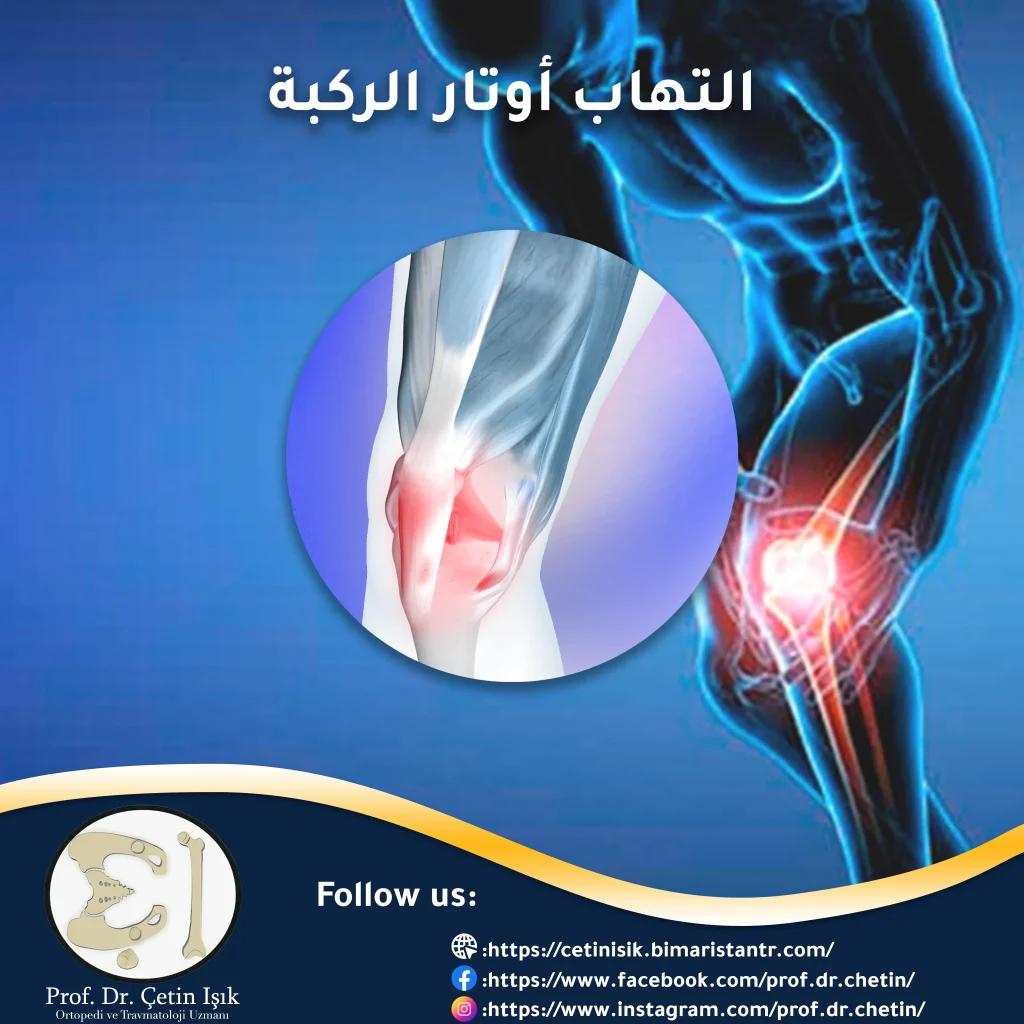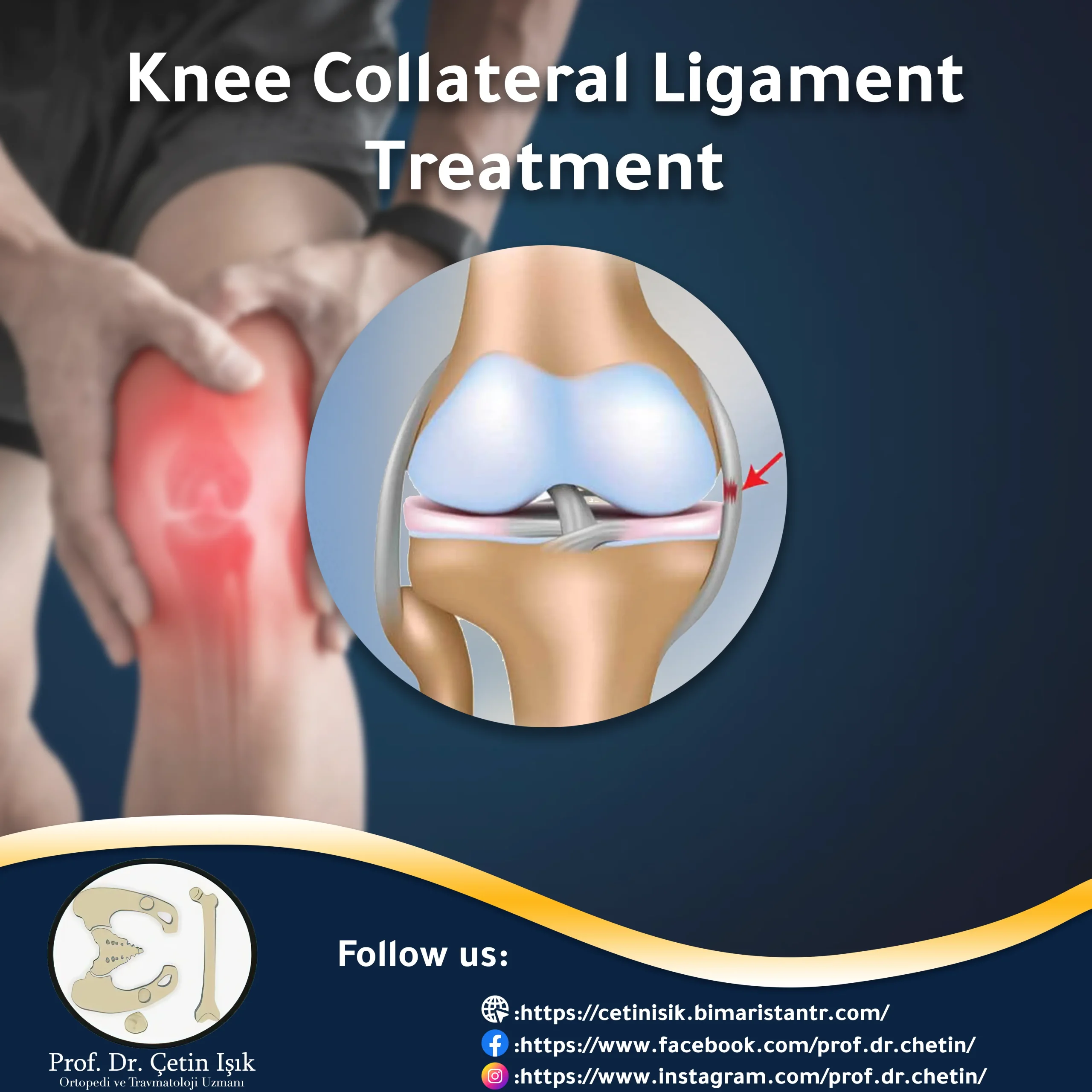Knee tendinitis is one of the most common joint diseases, and the patellar tendon that connects the kneecap and tibia is the most common affected tendon. The treatment of knee tendinitis depends on the severity of the injury.
The knee tendonitis knee tendinitis It often occurs in athletes due to excessive use of the knee joint and repeated pressure on it, which causes pain in the knee area, and this pain increases until the patient receives treatment for knee tendonitis, which depends on the severity of the inflammation in the tendons and the severity of the ruptures in the affected tendon, so a disease must be diagnosed. Knee tendinitis Early before ruptures occur in the inflamed tendon, because this helps the patient to respond to conservative treatment and avoids the patient resorting to surgical treatment.
In this article, we will learn about how knee tendinitis occurs, all available treatment methods, and exercises to treat knee tendinitis.
An overview of knee osteoarthritis
To understand how tendonitis occurs in the knee, you must know the anatomy of the knee joint, where the knee joints consist of bones, ligaments, tendons, muscles, blood vessels, and nerves. It contains synovial fluid that aids in the gliding of the joint.
The tendons in the knee are thick connective tissue made of collagen that connect muscles to bones. They help move the knee bones during muscle contraction. The tendons inside the knee joint are the quadriceps tendon, the patellar tendon, the hamstring tendons and the iliotibial ligament.
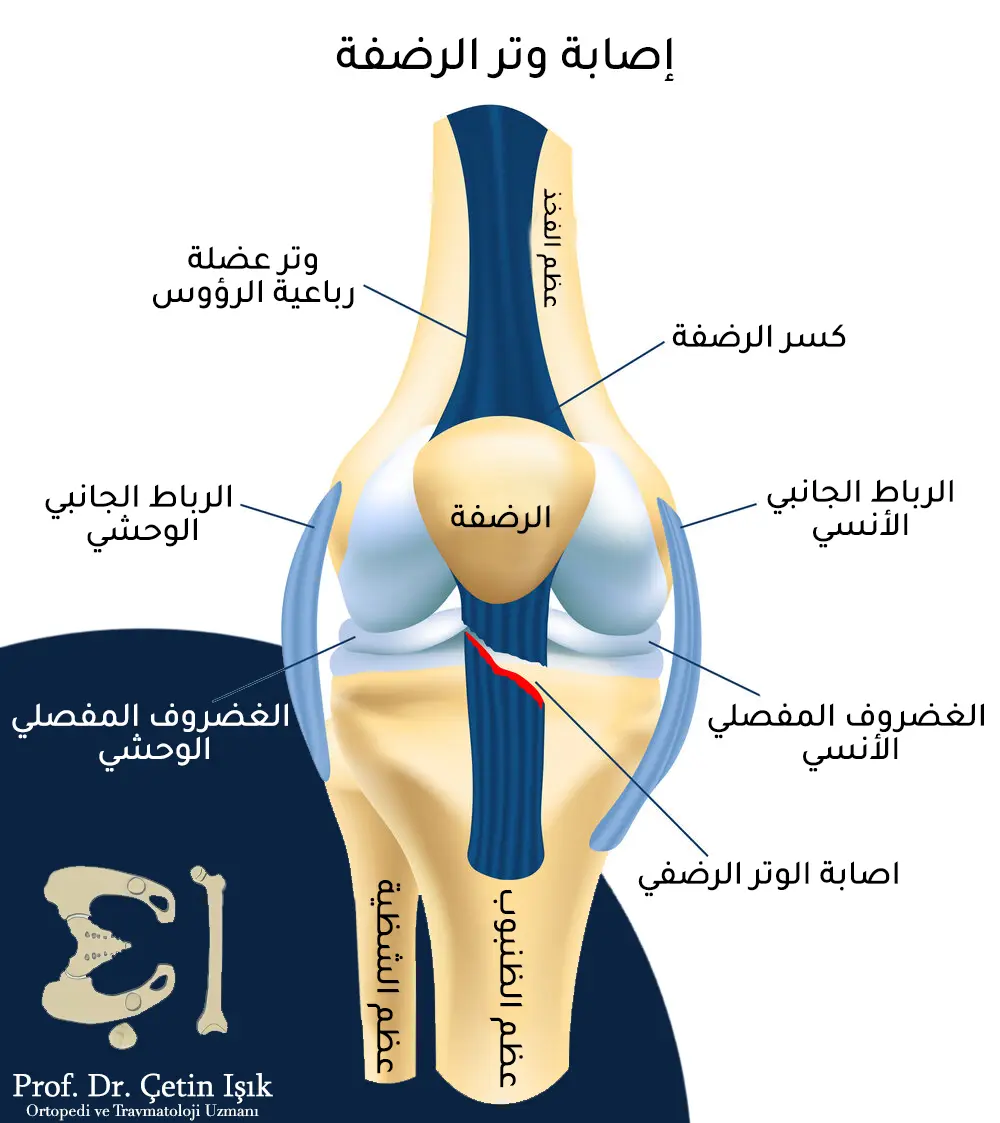
Tendonitis may occur in any tendon of the body, it may occur in the shoulder, elbow, wrist, wrist, heel, ankle or knee, but knee tendinitis is one of the most common inflamed tendons, and the common type of tendinitis in the knee is patellar tendinitis, which is usually caused by excessive exercise Which causes pressure on the hamstrings and pain ranging from mild to very severe.
Causes of osteoarthritis of the knee
The reason behind the knee tendon injury differs from one patient to another, but it is usually in athletes, and the most important risk factors and reasons that may cause knee tendonitis are:
- Playing sports that require the use of the knee a lot and that cause strain on the hamstrings, such as basketball, which requires jumping and running, as well as
- Using inappropriate shoes while playing
- Injury to the calf muscles with severe tension or chronic diseases that weaken the tendon in the knee
- Knee inflammation may also occur in obese people
- A non-athletic person may develop tendinitis when increasing physical activity dramatically due to the rapid, strong and sudden increase in movement without training gradually.
Symptoms of osteoarthritis of the knee
Symptoms should disperse Rheumatoid Arthritis About knee tendinitis, and the symptoms of knee tendinitis vary according to the severity of the knee tendon inflammation and also the types of inflamed tendons such as Patellar tendinitis or Quadriceps tendinitis The main symptoms and signs are:
- Pain in the hamstrings or pain in the joints above and below the kneecap
- Pain behind the knee when bending or extending the leg, such as when walking or squatting
- Patellar tendinitis may cause pain below the kneecap during movement or rest
- Knee weakness and swelling
- feeling bJoint stiffness
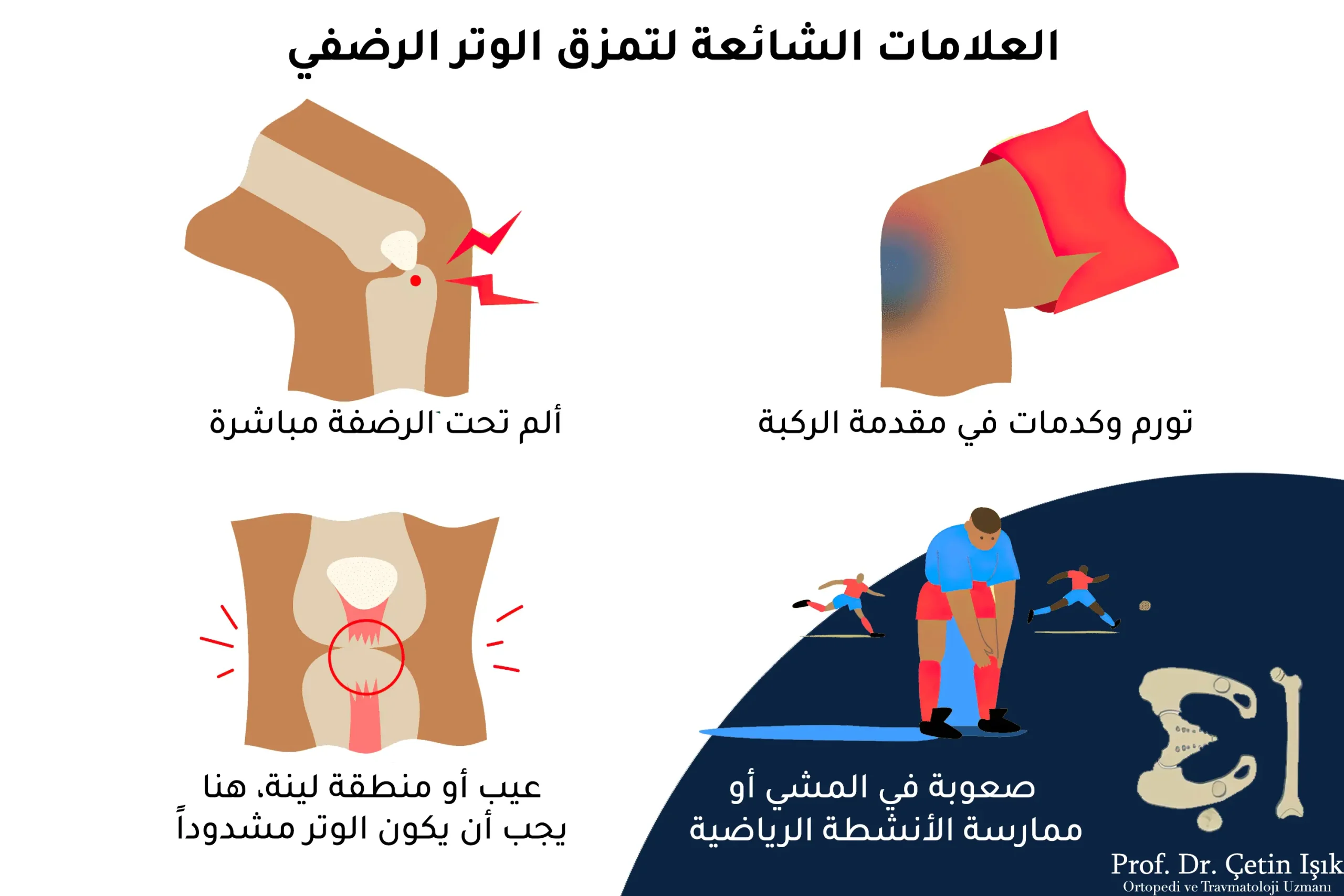
Knee tendonitis treatment without surgery
The treatment of patellar tendinitis depends on the condition of your knee and the severity of it. Conservative treatment of knee tendinitis may require rest, avoidance of sports activities that cause pain in the knee, elevating the leg, putting an ice pack on the knees to reduce swelling, using a belt andknee braces And a splint when needed, or medical treatment, herbal treatment, or special exercises for tendonitis may be resorted to when needed. The most important methods of treatment without surgery are:
Treating knee osteoarthritis with medication
There are some cases in which we resort to taking medications to treat the symptoms of knee tendinitis, relieve the patient’s pain, avoid complications, and resort to surgical operations. The most important methods of drug treatment are:
- Take pain-relieving medications or take an anti-inflammatory drug such as NSAIDs, which are useful in relieving pain and reducing inflammation of the knee joint ligaments for a short period.
- Some patients may need corticosteroid injections around the knee joints, as it helps relieve pain, but continuing with it may cause weakness in the tendons.
- Plasma injection of the knee Platelet-rich (PRP) helps heal patellar tendonitis faster and reduces inflammation of the affected tendon. It is a relatively safe treatment.
Herbal treatment of osteoarthritis
that Saponin tendinitis Very simple may sometimes respond to herbal treatment only without the need for other treatments, and the dose of herbs must be adhered to, like other medicines. The most important herbs used for treatment are:
- Garlic, which has an effect on the cytokines that cause inflammation of the tendons, as garlic reduces inflammation of the tendons in the joints
- Ginger reduces inflammatory mediators such as leukotriene and prostaglandins, thus helping to relieve tendinitis
- Turmeric, which also helps relieve pain in the joints, in addition to its anti-inflammatory effect
- Eucalyptus, which has anti-bacterial, anti-inflammatory and antioxidant effects, helps relieve symptoms of inflammation
- Cinnamon, green tea and black pepper also help reduce tendinitis in the joints through their antioxidant and anti-inflammatory effects.
Read more about: Treating bone and joint pain with herbs
Knee tendonitis exercises
Stretching and strengthening exercises are among the best important exercises to overcome tendinitis in the knee and patellar tendinitis. Doing exercises helps to strengthen the muscles around the knee and is useful for stretching the tendons in the patient’s knee. The most important exercises are:
- Squats
- Step-ups/downs
- Clam shells
- hip bridges
- Straight leg raises
- Quadricep stretches
- Hamstring stretches
- Calf stretches
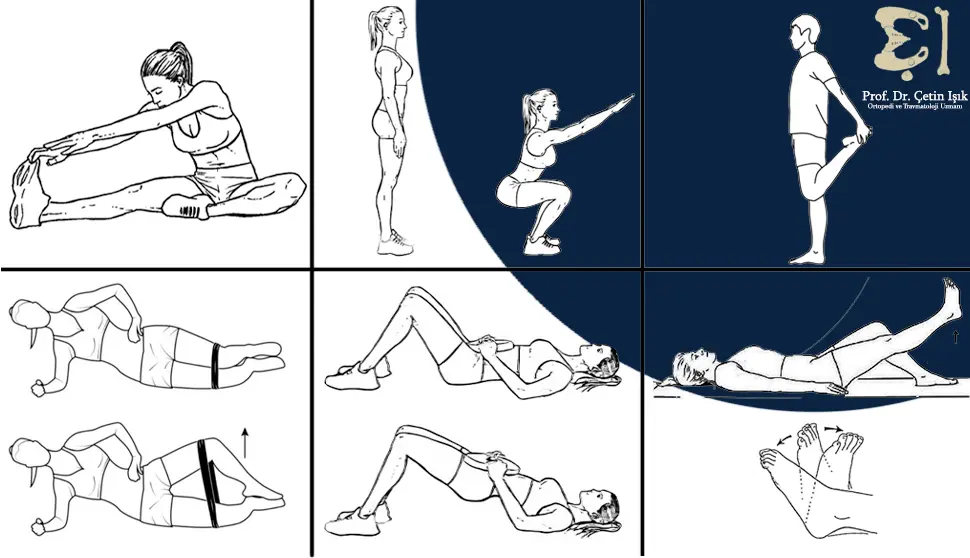
Surgical treatment of knee osteoarthritis
Knee tendonitis is rarely treated through surgery because it is often cured with conservative treatment. When conservative treatment fails and tendinitis is very serious, and knee pain continues for more than 6 months or a year, and when a tendon rupture occurs and is diagnosed by radiography, knee joint surgery is resorted to either through Knee arthroscopy It is a minimally invasive procedure and requires a shorter recovery period than open or incisional surgery Knee replacement surgery Open and surgically remove the degenerated tendons in the knee joint.
At the end of the article, knee tendinitis usually affects athletes, and the most common type of inflamed tendon is patellar tendonitis, which is most common in runners, jumpers, or basketball players as a result of excessive use of the knee joint. Clinical examination and x-rays to diagnose jumper's knee or using magnetic resonance imaging and sound waves when needed. Treatment of knee tendonitis is usually conservative and rarely surgical treatment.
Sources:
Common questions
Knee tendinitis is treated either through medications, plasma injections, herbs, and strengthening exercises for the tendons, or through surgery. Knee tendinitis is rarely treated with surgery.
Knee pain is one of the most common signs, and there are also some signs and symptoms when patellar tendinitis occurs, such as weakness and swelling in the knee and a feeling of stiffness in the joints.
The causes of knee tendinitis include obesity, overusing the knee and leg with sports activities, and stress on the tendon results in inflammation, as well as muscle strains in the leg.
The recovery period varies from one patient to another depending on the severity of the infection, but the patellar tendinitis usually heals within several weeks or several months.
Vitamin C is one of the most important vitamins because it works to produce collagen in the body, which helps maintain the integrity of tendons.
Walking may make the patient feel pain in the knee, and therefore walking will cause irritation to the tendons of the knee mainly.


